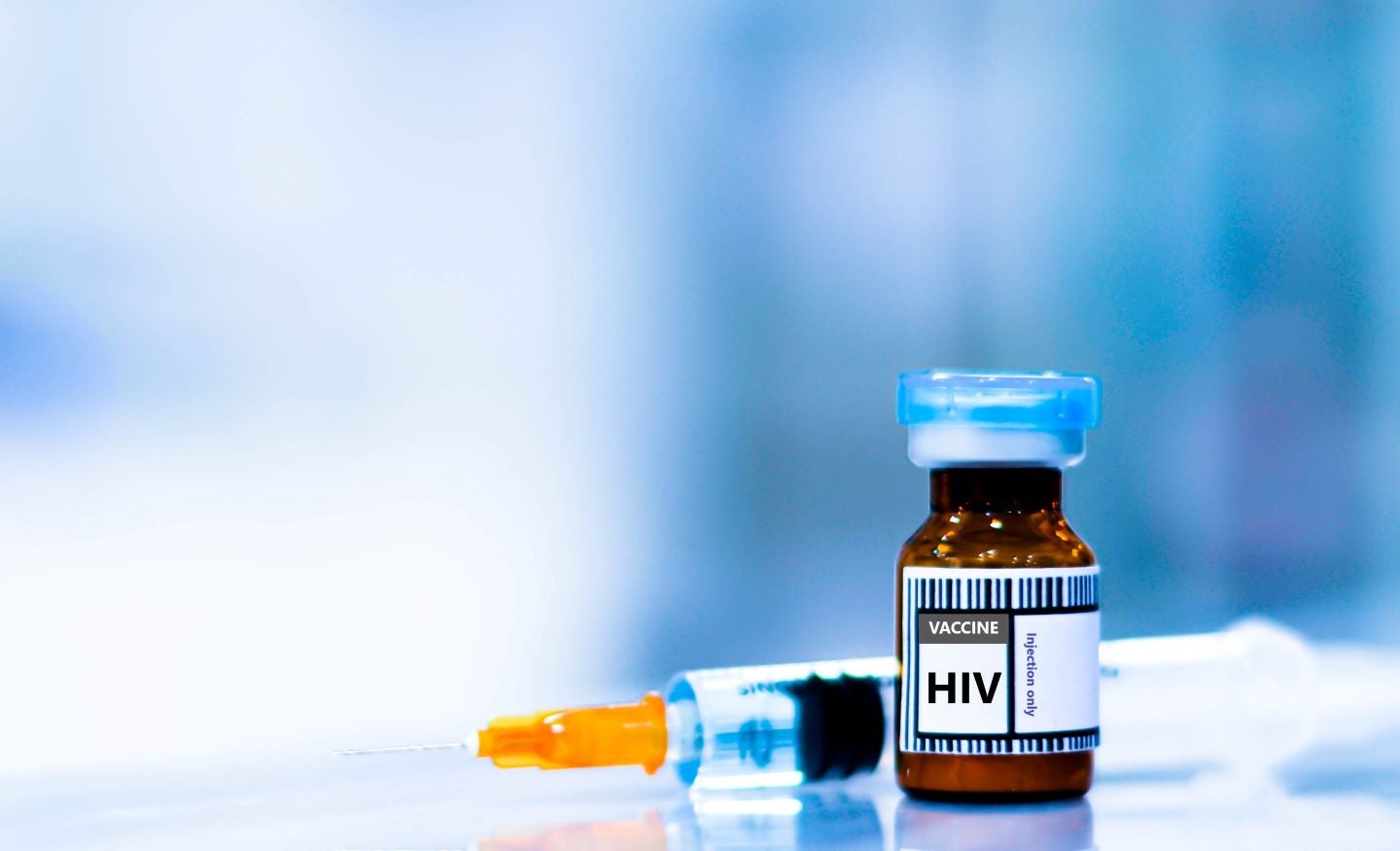New HIV infections have declined by 39% since 2010, from 2.1 million to 1.3 million in 2023, according to UNAIDS. This rapid reduction in new cases is attributed to increased access to HIV treatment and prevention strategies, like pre-exposure prophylaxis (PrEP), alongside a greater focus on testing and viral suppression. 90% of these measures were supported by funding from the US, UK, France, Germany, and the Netherlands. However, decades of progress may be impacted as international aid is set to decrease by up to 70% in 2025, with potential implications for vulnerable populations.
The US Government announced a 90-day pause on foreign aid on the first day of the second Trump administration, part of a review of government spending, while the UK government has decided to reduce the aid budget from 0.5% of gross national income to 0.3% by 2027. International funding is crucial to maintaining the progress made in HIV prevention over previous decades, but with the proposed reductions, current schemes may likely be scaled back or discontinued. GlobalData epidemiologists anticipate that limiting vulnerable groups’ access to critical services such as condom distribution, HIV testing, and PrEP, as well as reduced access to anti-retroviral therapy (ART), will lead to an increase in new HIV cases and higher mortality rates as individuals face challenges with essential access to care.
A recent study, published to The Lancet, forecasted the impact of the international HIV funding reductions on 26 low and middle-income countries (Albania, Armenia, Azerbaijan, Belarus, Bhutan, Cambodia, Colombia, Costa Rica, Côte d’Ivoire, Dominican Republic, Eswatini, Georgia, Kazakhstan, Kenya, Kyrgyzstan, Malawi, Malaysia, Moldova, Mongolia, Mozambique, South Africa, Sri Lanka, Tajikistan, Uganda, Uzbekistan, and Zimbabwe), using mathematical modelling. Debra ten Brink and colleagues investigated how the number of cases would increase from 2025–30 in five different scenarios, ranging from the current status quo (most recent spending continued) to scenarios based on the anticipated international aid reductions for HIV prevention and testing.
The results of the study found that across the included countries, a 24% reduction of international aid plus the discontinuation of the President’s Emergency Fund for AIDS Relief (PEPFAR) could cause between 4.43–10.75 million new HIV infections and 0.77–2.93 million additional HIV-related deaths between 2025 and 2030 compared with the status quo. The effects were found to be higher in countries with a higher percentage of international funding and in those with increasing incidences of HIV among key populations such as Botswana and Zimbabwe.
However, the effects of withdrawn funding will likely not be exclusive to low- and middle-income countries, similar to those in southern Africa. It is expected that the countries that are withdrawing funding, like the US, will also experience an increase in incident cases due to the closure of clinics and reduced access to testing and ART. GlobalData epidemiologists currently anticipate that the diagnosed incident cases of HIV in the US are expected to increase from 35,020 cases in 2025 to 35,446 cases by 2033. However, the incident cases will likely be much higher in 2033 if HIV funding continues to decrease.
Sustained funding is paramount to ensuring people have continued access to HIV prevention, testing, and treatment programs, thereby reducing new HIV infections and deaths. Without this, the United Nation’s Sustainable Development Goal of ending AIDS as a public health threat by 2030 may be impossible to achieve.




